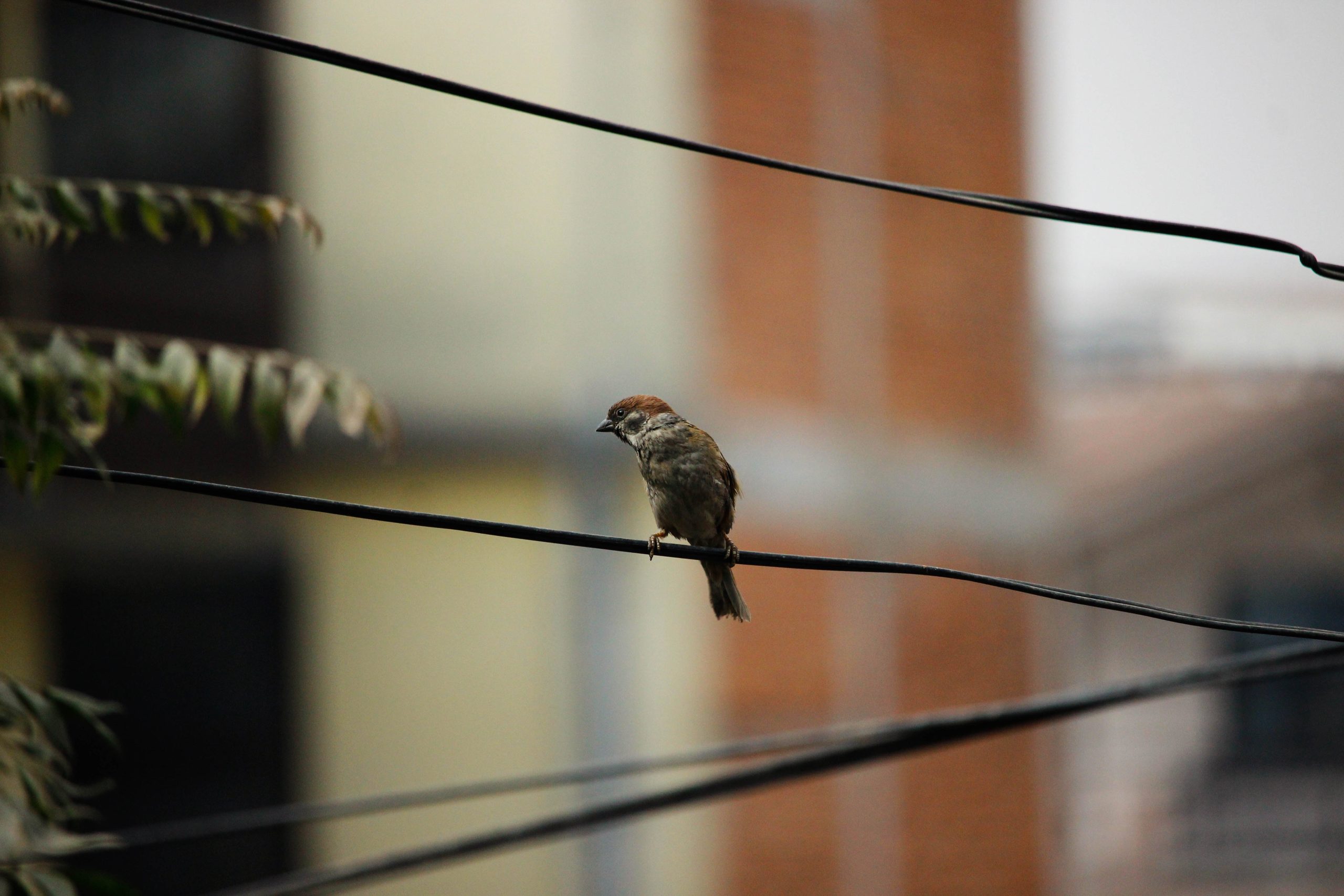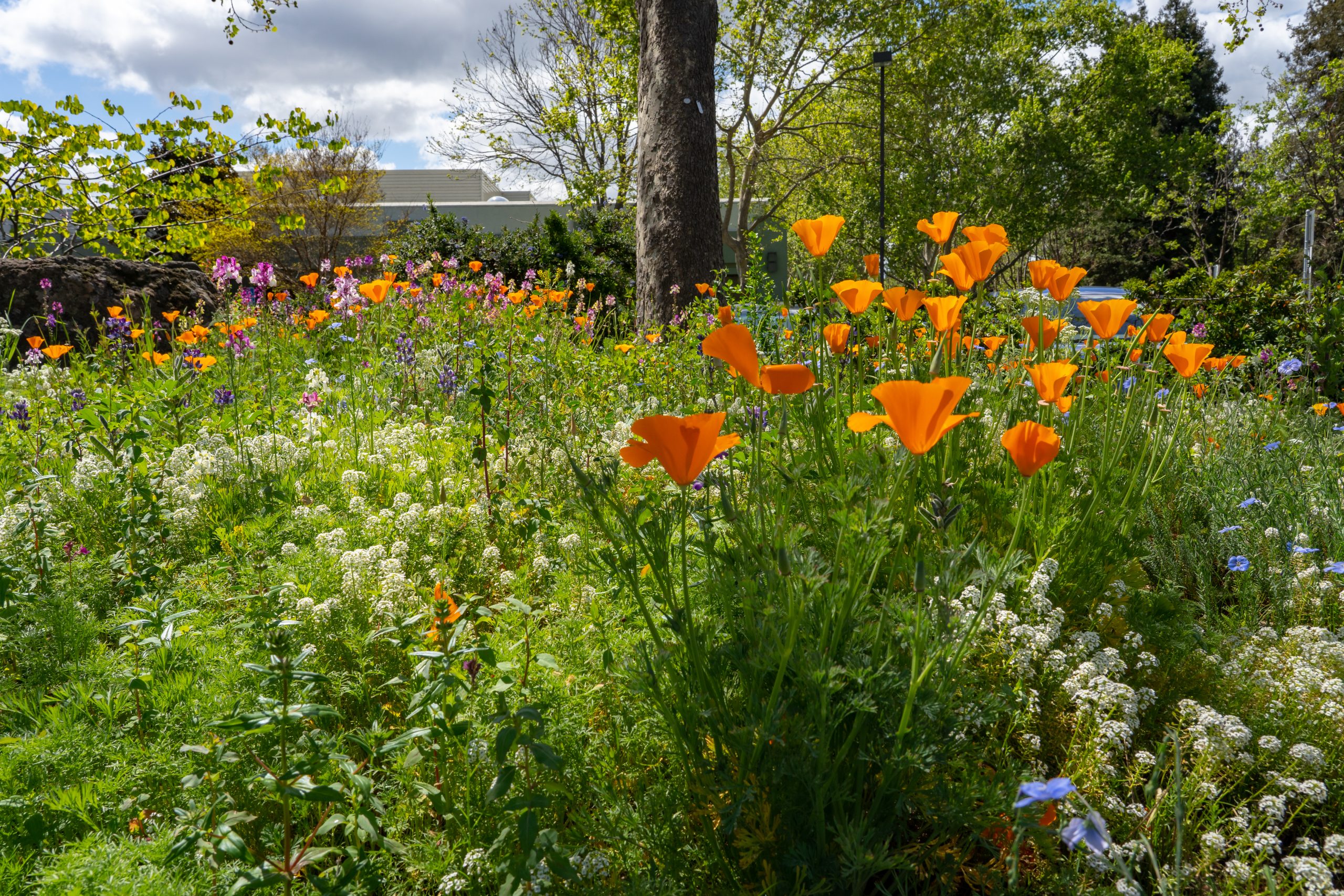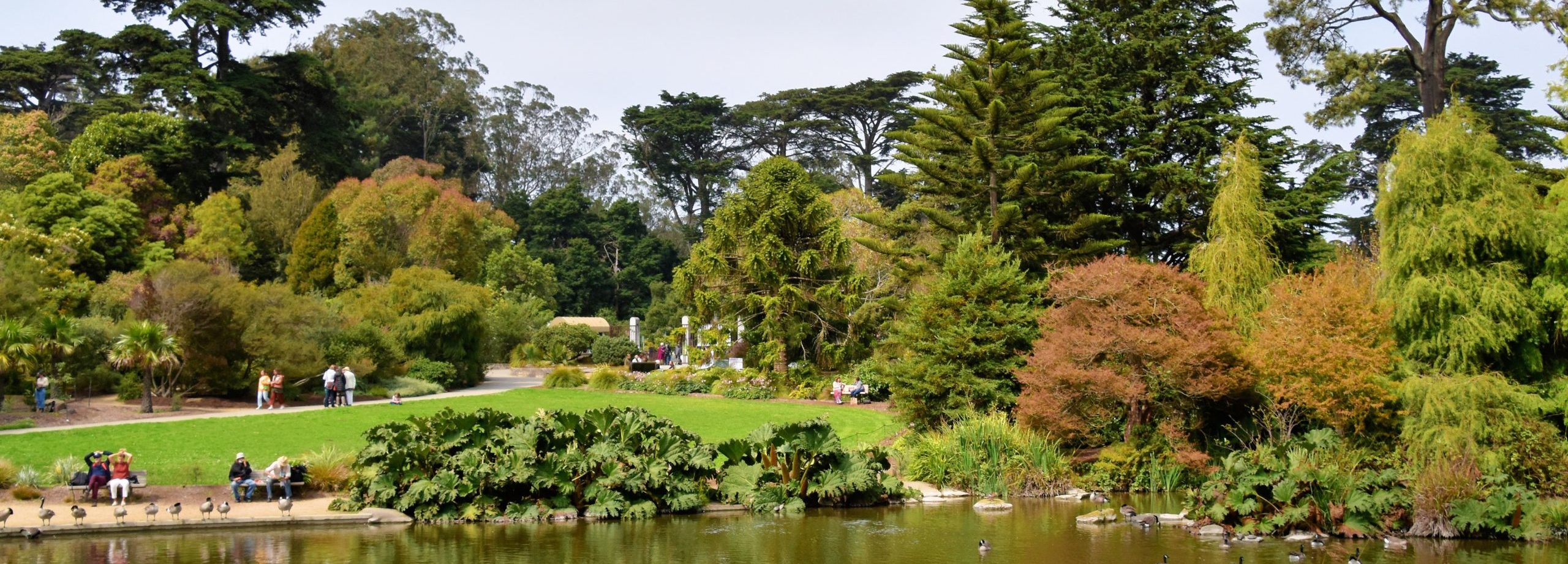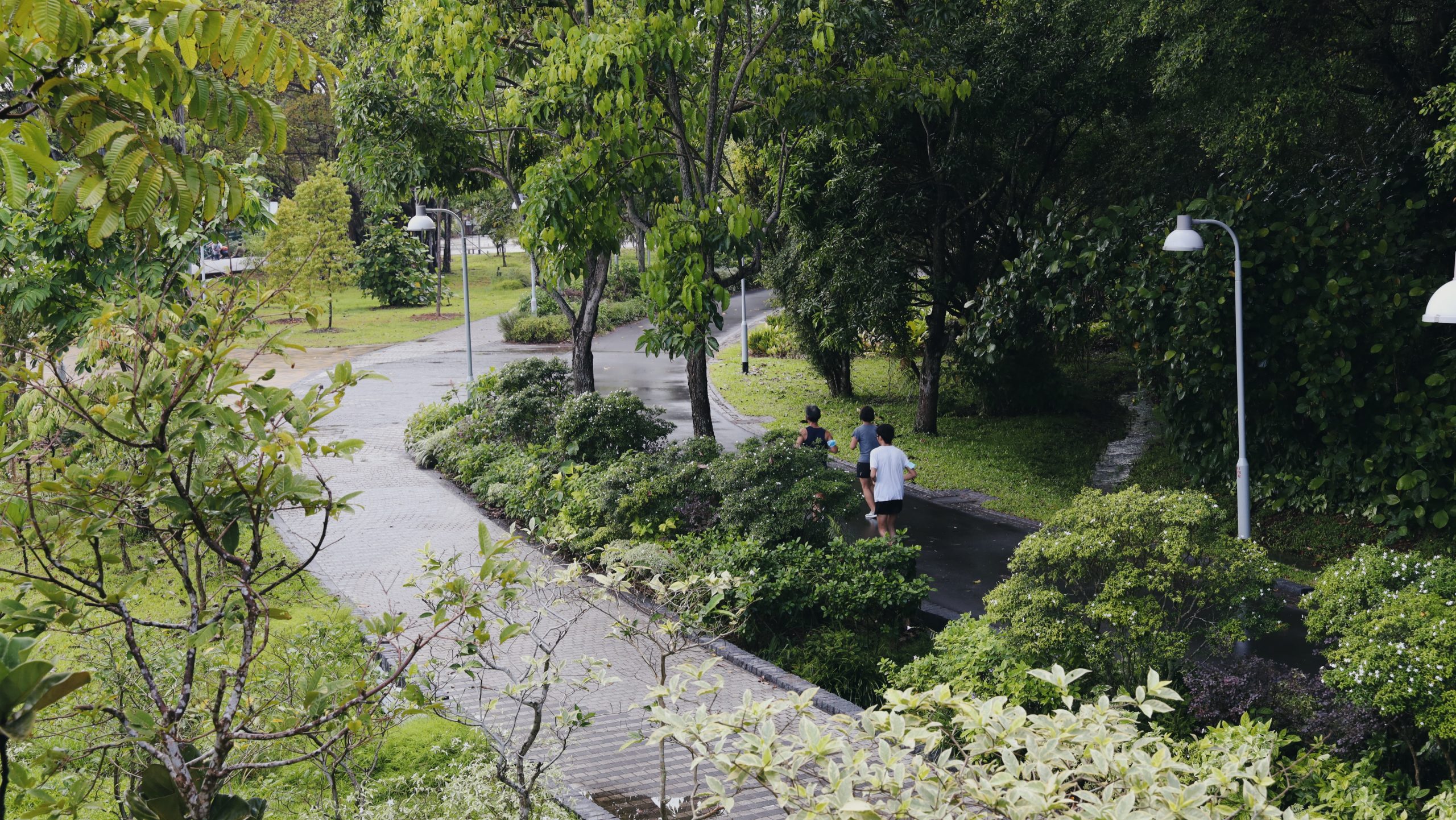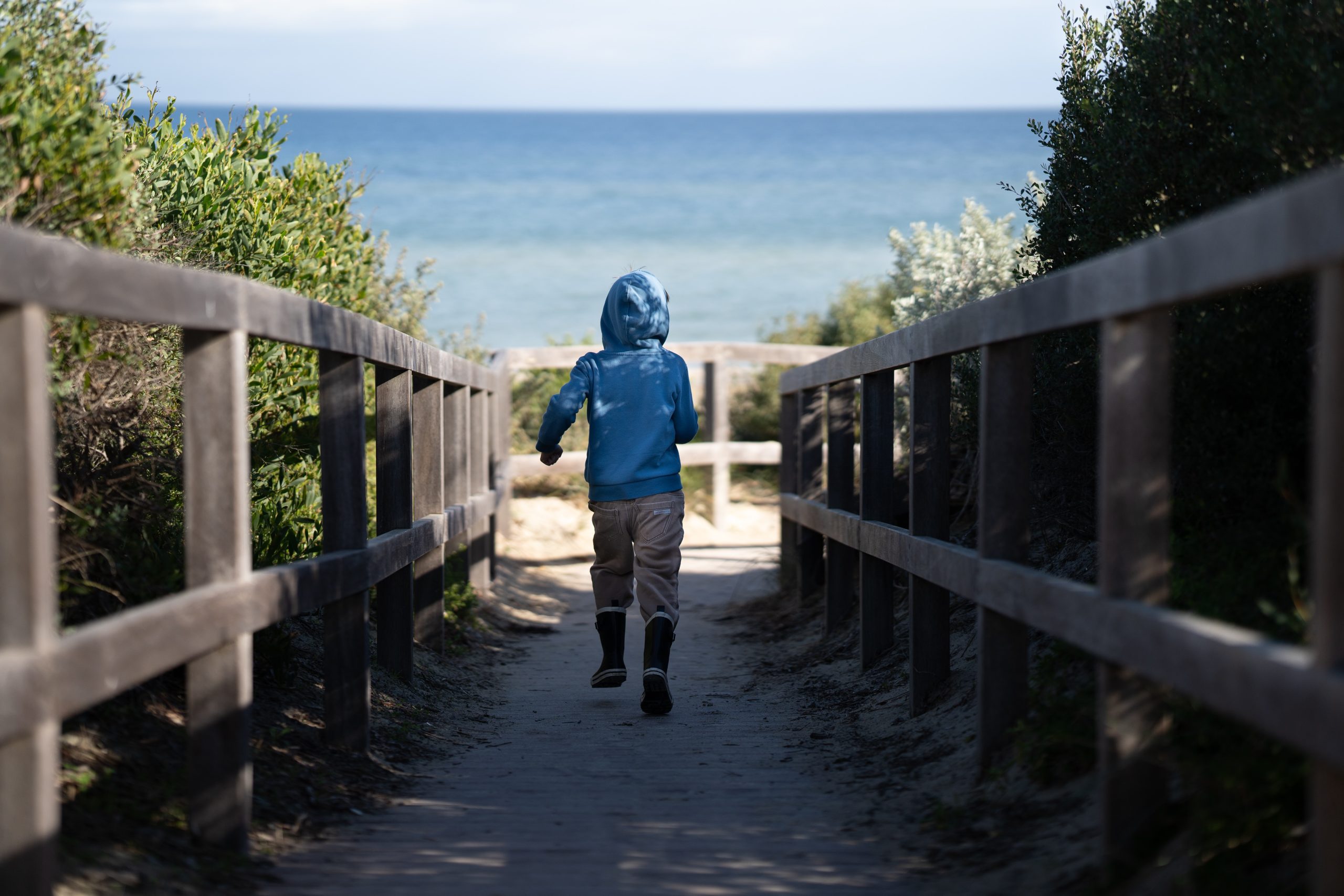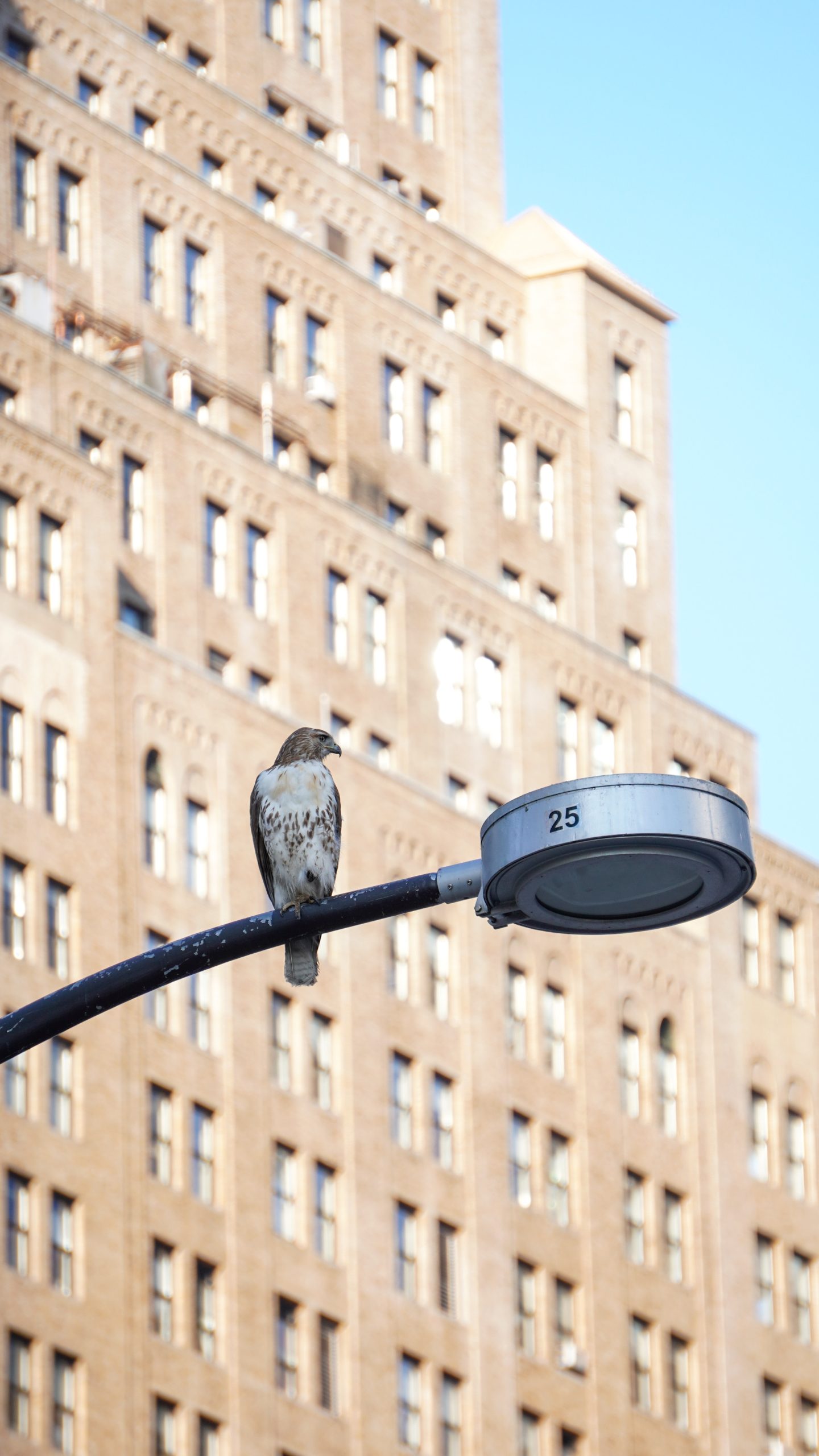Consider the types of access and views that will be required, and identify areas where native biodiversity support can be prioritized. Many commercial properties contain greenspace that is used minimally, and is often dominated by cover types with high maintenance costs.
Private Landscapes
Image credits: SFEI
Private landscapes including private residential yards, commercial properties landscaping, and university and corporate campuses are often dominated by non-native trees, shrubs, and turf. They offer an opportunity to bolster urban habitat through landscape conversion practices.
Biodiversity role:
Many private landscapes offer an opportunity to provide habitat on a small scale. These stepping stone interventions repeated at the neighborhood, district, city, and regional scale can help to bolster the overall urban habitat matrix. Private campuses can include large habitat patches.
Human health role:
Native landscaping can provide opportunities for residents and employees to connect with biodiverse greenspaces and observe native wildlife. Both can have a positive impact on mental health, well-being, and sense of place.
Key tensions and tradeoffs:
Private landscapes that attract birds can increase the risk of window strikes and predation by domestic cats. Additionally, groundcovers such as turf may encourage human use and match aesthetic preferences but limit opportunities for native plants and wildlife support.








Identify opportunities to plant large trees. More flexible landscaping designs on private property can support trees that require more space than street trees. Large and spreading trees, such as oaks, can improve habitat complexity and resource availability.
Install green walls and roofs with diverse plant assemblages to create additional space for biodiversity support. Green walls and roofs can support increased richness and abundance of birds and insects, and provide spaces for rest, relaxation, and recovery.
Within fire prone regions, create defensible space and use fire smart landscaping principles to reduce risk of fire spread to buildings. Use of native plants and preventing trees from hanging over roofs are some of several strategies.
Reduce pesticide use. Some estimates suggest that homeowners use 10 times more chemical pesticides per acre in urban environments compared to agriculture, leading to a myriad of negative consequences for human health and biodiversity. Consider Integrated Pest Management.
Develop a maintenance plan for the long term care of commercial properties. More complex and biodiverse plantings may require more or different types of maintenance.
Install signs to educate the public about the potential biodiversity support role of private landscapes. Clear communication about goals and management may be critical. For homeowners, public education may include campaigns to alter ordinances requiring a particular type of landscaping.
Aligning individual efforts to provide consistent and complementary biodiversity support across entire neighborhoods can create benefits for a broader suite of species. Existing incentive programs for green infrastructure can be adapted to encourage planting for biodiversity support.
Relevant Design Details
s

